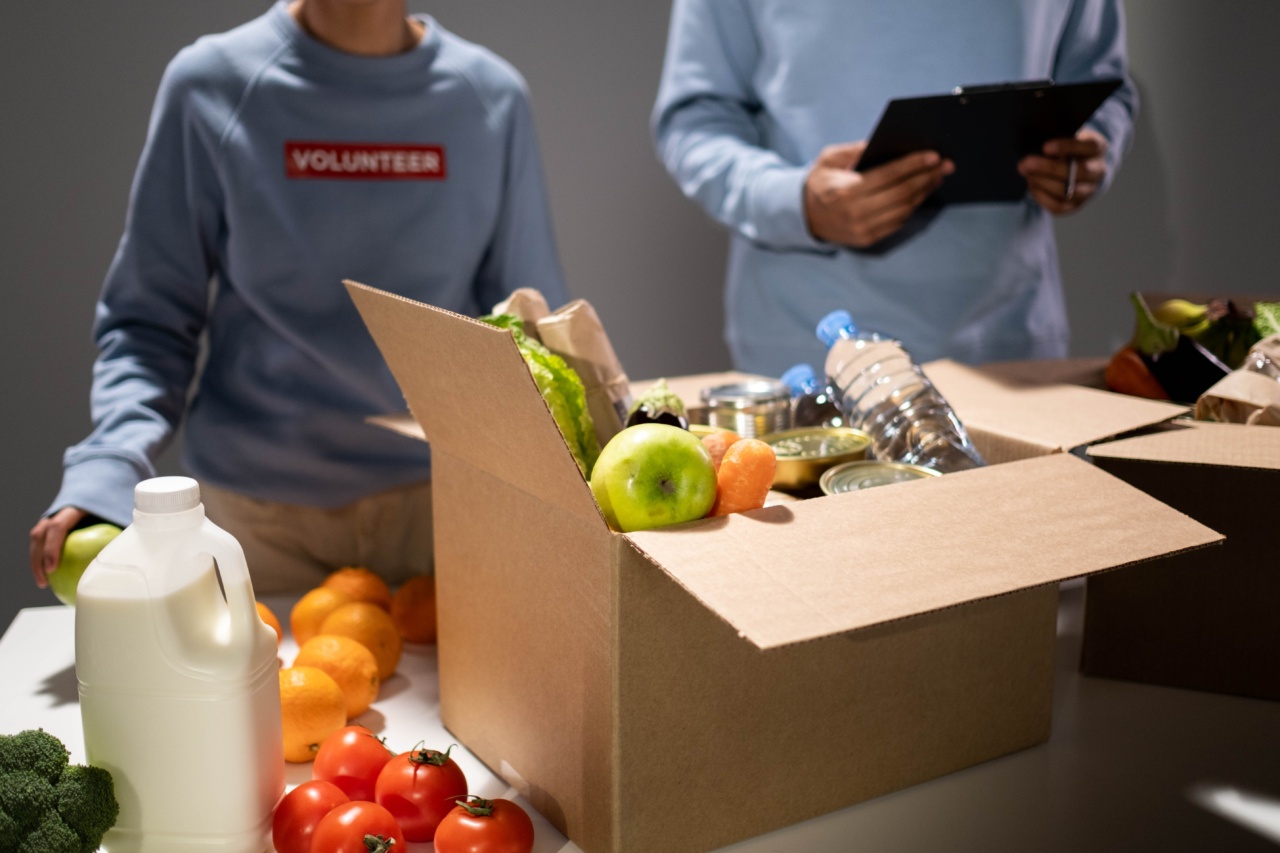When it comes to safeguarding our fruits, knowledge is key. Understanding the chronic diseases that can affect them is essential for ensuring their longevity and quality.
In this article, we will explore ten chronic diseases that can impact your fruits, providing you with the knowledge necessary to protect them and keep them fresh for longer.
1. Phytophthora
Phytophthora is a fungal-like pathogen that causes diseases in various fruit crops. It thrives in moist conditions and is often associated with root rot, crown rot, and fruit rot.
Symptoms include wilting, yellowing leaves, dark discoloration of stems, and decayed fruits. To prevent Phytophthora, it is crucial to maintain proper drainage and reduce water splash onto plants.
2. Citrus Canker
Citrus canker is a highly contagious bacterial disease that affects citrus fruits. It causes raised, corky lesions on leaves, stems, and fruit rinds. These lesions can crack and lead to premature fruit drop.
To control citrus canker, infected plant material should be removed and destroyed, and copper-based fungicides can be used as a preventative measure.
3. Apple Scab
Apple scab is a fungal disease that affects apple trees and fruits. It causes dark, scaly lesions on leaves and fruits, leading to discoloration and deformation. Fungicides and regular pruning to increase air circulation can help prevent apple scab.
Additionally, planting resistant apple varieties can reduce the risk of infection.
4. Gray Mold
Gray mold, caused by the fungus Botrytis cinerea, is a common disease that affects a wide range of fruits, including grapes, strawberries, and pears. It causes a fuzzy gray mold on infected fruits, leading to rot and decay.
Proper ventilation, removal of infected plant material, and fungicide applications can help manage gray mold.
5. Peach Leaf Curl
Peach leaf curl is a fungal disease specific to peach and nectarine trees. It causes red, puckered, and distorted leaves in the early spring. Infected fruits may also exhibit similar symptoms.
To prevent peach leaf curl, copper-based fungicides should be applied during the dormant season.
6. Fire Blight
Fire blight is a bacterial disease that affects various fruits, including apples, pears, and cherries. It causes wilting, blackening, and “burned” appearance of blossoms, twigs, and branches.
To control fire blight, infected branches should be pruned, and copper-based sprays can be applied during the dormant season or after bloom.
7. Anthracnose
Anthracnose is a fungal disease that affects many fruits, including strawberries, mangoes, and bananas. It causes dark, sunken lesions on fruits, leading to rot and decay.
Fungicide applications and proper sanitation, such as removing infected plant debris, can help manage anthracnose.
8. Brown Rot
Brown rot is a fungal disease that affects stone fruits, such as peaches, plums, and cherries. It causes browning, shriveling, and rotting of fruits, often with a characteristic “mummified” appearance.
Good sanitation practices, timely harvest, and fungicidal sprays can help control brown rot.
9. Grapevine Trunk Diseases
Grapevine trunk diseases, including Esca, Eutypa dieback, and Botryosphaeria canker, are fungal diseases that affect grapevines. They cause gradual decline, poor fruit quality, and eventual death of affected vines.
Proper pruning techniques, use of disease-free plant material, and application of appropriate fungicides can help manage these diseases.
10. Black Spot
Black spot is a fungal disease common in rose plants but can also affect many tropical fruits, such as papayas and avocados. It causes black, irregularly shaped spots on leaves and fruits, leading to defoliation and reduced fruit quality.
Fungicide applications and removal of infected plant material can help control black spot.
Conclusion
Knowing the chronic diseases that can affect your fruits is essential for their safekeeping.
By understanding the symptoms, prevention methods, and control measures for each disease, you can effectively protect your fruits and ensure their quality and longevity. Implementing proper sanitation practices, using fungicides when necessary, and selecting resistant varieties can go a long way in safeguarding your precious fruits.































